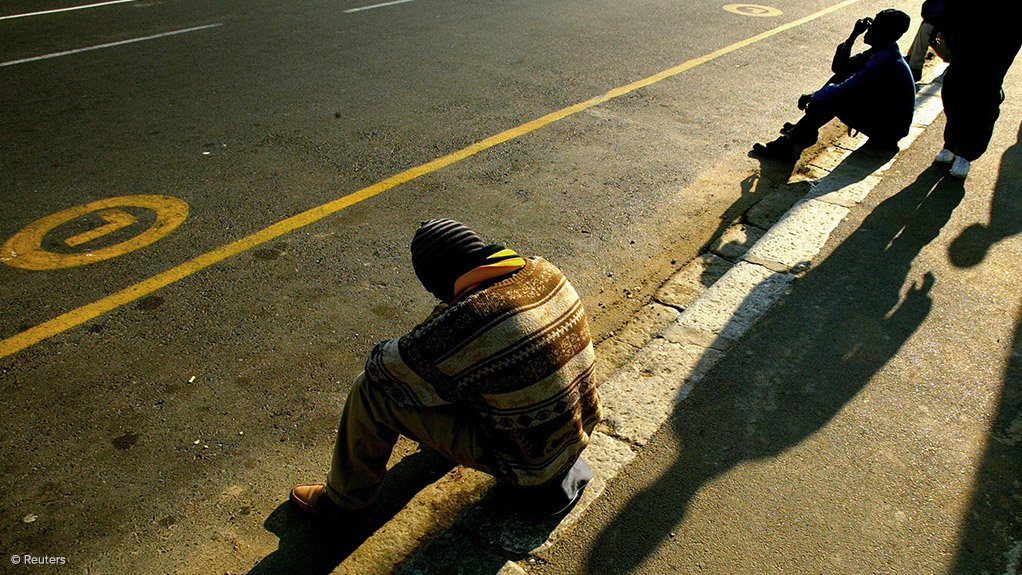The official unemployment rate increased by another 0.1 of a percentage point to 29.1% in the third quarter, Statistics South Africa’s (Stats SA's) Quarterly Labour Force Survey (QLFS) shows.
This is the country’s highest unemployment rate since 2003, and South Africa now has the joint fourth-highest unemployment rate out of 182 countries tracked by Trading Economics, professional services firm PwC commented in a statement on Tuesday.
The working age population stood at 38.6-million people, of which 16.4-million were employed and 6.7-million were unemployed, Stats SA statistician-general Risenga Maluleke said during a media briefing to discuss the latest QLFS results.
The number of employed persons increased by 62 000 and the number of unemployed persons increased by 78 000 to 6.7-million quarter-on-quarter, resulting in an increase of 141 000 in the labour force.
The South African working-age population increased by 149 000 quarter-on-quarter, Stats SA revealed.
The results further indicate that the number of discouraged work-seekers had increased by 44 000 in the third quarter, while the number of those who are not active in the labour market for reasons other than discouragement declined by 35 000, resulting in a net increase of 9 000 in the number of those who were not economically active.
Employment increased in three of the four sectors in the period, with the formal sector recording the largest employment increase of 43 000, followed by agriculture and private households with increases of 38 000 and 35 000, respectively.
Employment in the informal sector, on the other hand, declined by 53 000 during this period.
An increase of 62 000 in the number of people in employment in the third quarter was mainly driven by community and social services with 56 000, followed by agriculture and mining with 38 000 each and private households with 35 000.
Declines in employment were recorded in manufacturing (30 000), construction (24 000), trade (21 000) and utilities (18 000) in the third quarter, compared with the second quarter.
There were about 10.3-million persons aged 15 to 24 years. The share of these young people who were not in employment, education or training (NEET) remained constant at 32.3% (3.3-million).
Of the 20.4-million young people aged 15 to 34 years, 40.4% were NEET – an increase of 0.1 of a percentage point compared with the previous quarter.
This is owing to no net year-on-year increases in employment.
Meanwhile, PwC noted that the data was released nearly 13 months after the government’s Jobs Summit and 14 months after the release of President Cyril Ramaphosa’s economic stimulus and recovery plan.
“Clearly, neither endeavour has had a real positive impact on the country’s employment creation,” the company said.
PwC highlighted the lack of required skills as a massive issue for the country.
Also commenting on the data, specialist banking and asset management group Investec said lacklustre economic growth, which was not projected to exceed 2% over the medium term, underpinned by structural inefficiencies and policy uncertainty, was fueling the country’s mounting unemployment predicament.
It emphasised that the hastened implementation of key reforms was needed to boost the depressed confidence levels which continued to affect businesses and investors, hindering growth.
EMAIL THIS ARTICLE SAVE THIS ARTICLE ARTICLE ENQUIRY
To subscribe email subscriptions@creamermedia.co.za or click here
To advertise email advertising@creamermedia.co.za or click here











